Sega vs. Nintendo: The console clash that defined gaming history
In the late 20th century, a fierce rivalry erupted in the video game industry, captivating gamers worldwide. This epic showdown between Sega and Nintendo defined an era, with each company vying for dominance in the hearts and living rooms of players.
Their competition sparked innovation, creativity, and a fervent fanbase that still reminisces about those glory days. This article delves into the history and impact of this legendary console war, which forever changed the landscape of gaming.
The Rise of the Video Game Giants
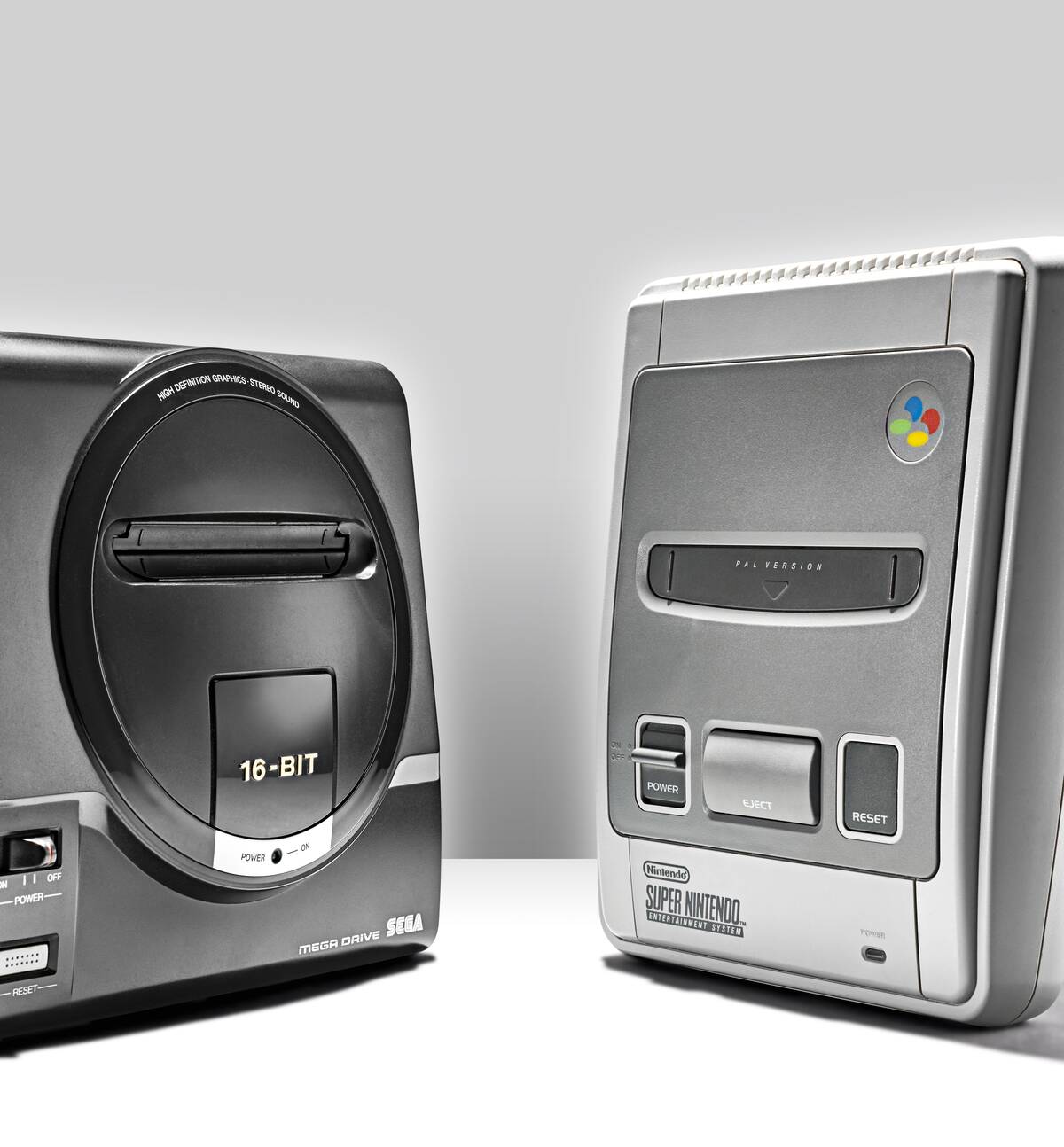
The video game industry witnessed a meteoric rise in the 1980s and 1990s, largely due to the efforts of giants like Sega and Nintendo. These companies were pioneers in creating home entertainment systems that brought arcade-quality games to living rooms.
As technology advanced, both Sega and Nintendo pushed the boundaries of what was possible, setting the stage for a captivating rivalry that would captivate gamers for decades.
A Brief History of Nintendo: From Playing Cards to Pixels
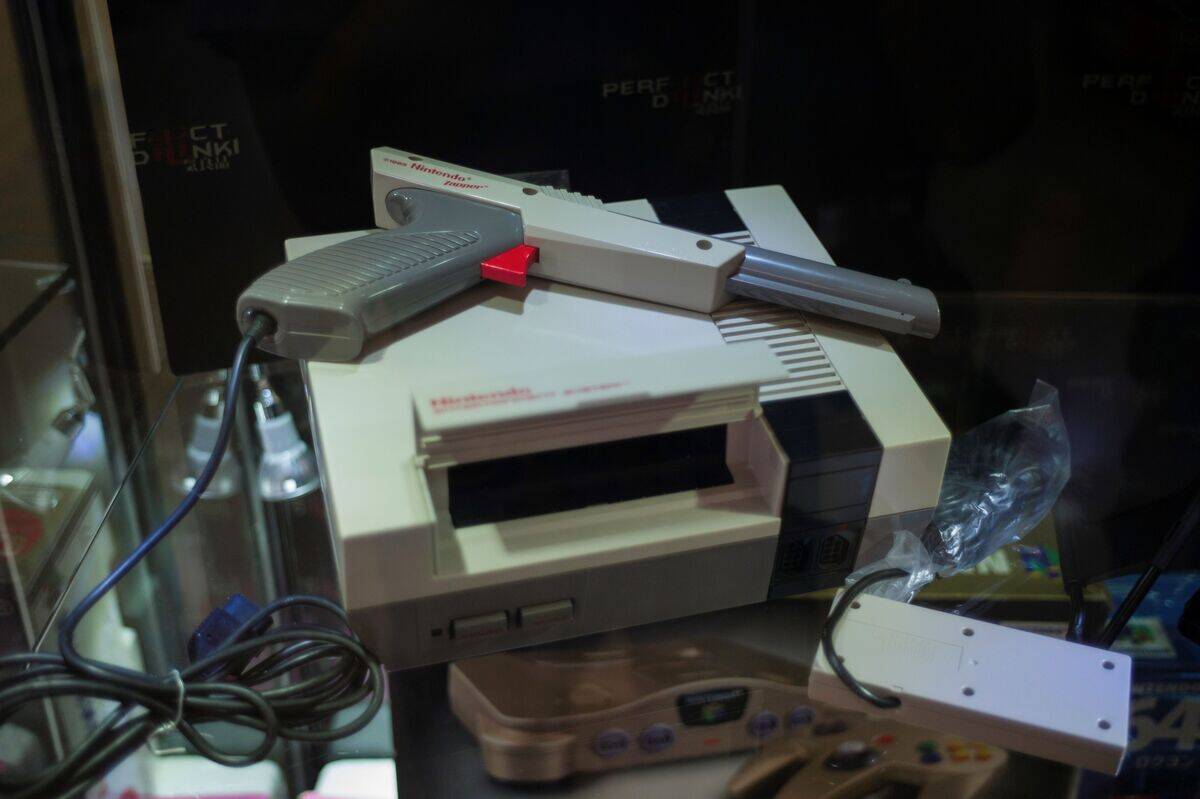
Nintendo’s origins trace back to 1889 when it was founded as a playing card company in Kyoto, Japan. It wasn’t until the 1970s that Nintendo ventured into electronic entertainment, eventually revolutionizing the industry with the release of the Nintendo Entertainment System (NES) in 1985.
The NES not only revived the video game market from the crash of 1983 but also introduced iconic characters like Mario, setting Nintendo on a path to become a household name.
Sega’s Bold Entry into the Gaming World
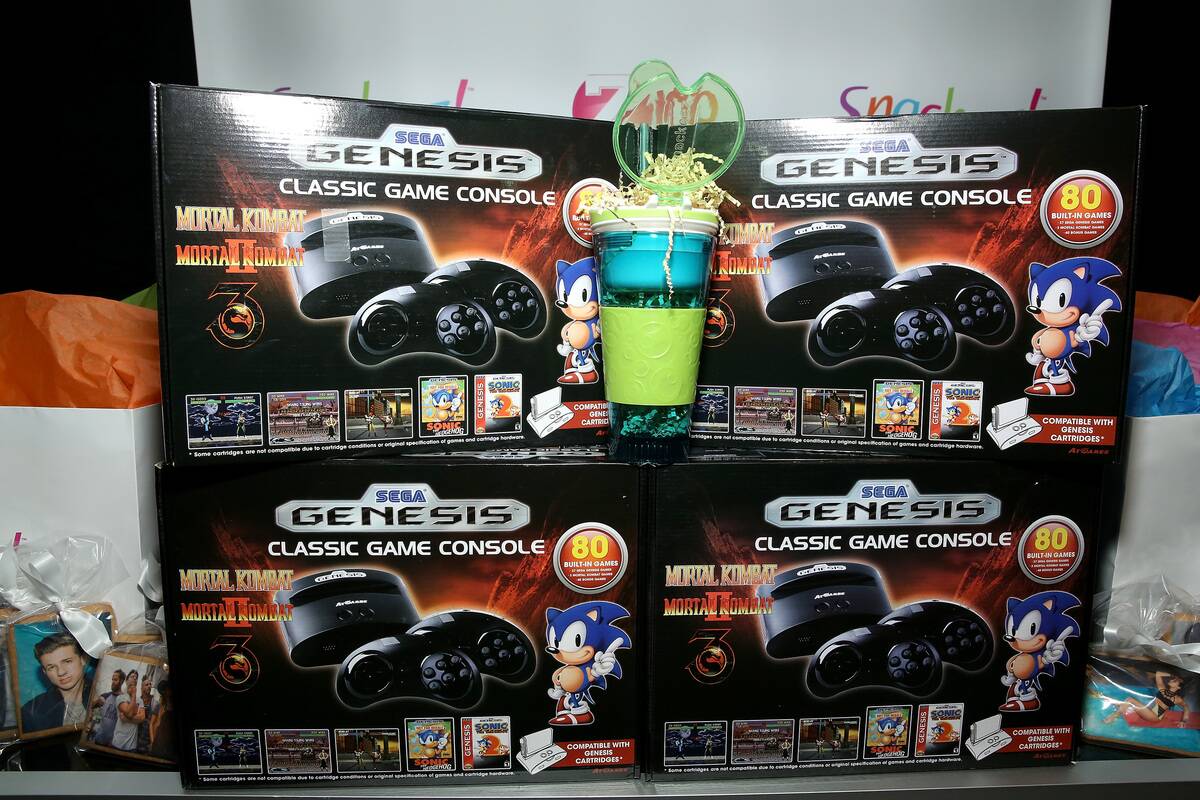
Sega’s journey into the gaming world began in the 1940s as a manufacturer of coin-operated amusement machines, typically slot machines. By the late 1980s, Sega had set its sights on the console market, launching the Sega Genesis in 1989.
This bold entry challenged Nintendo’s dominance, offering gamers a powerful alternative with a library of unique titles and a sleek, modern design. Sega’s arrival marked the beginning of an intense rivalry that would shape the future of gaming.
The Birth of the Console War: Sega Genesis vs. Nintendo Entertainment System (NES)

The launch of the Sega Genesis in 1989 marked the start of the console war against the already established NES. While the NES boasted a vast library of games and beloved characters, the Genesis offered superior graphics and a faster processor, appealing to a more mature audience.
This battle for supremacy fueled a competitive spirit between the two companies, pushing each to innovate and expand its reach to capture the imaginations of gamers everywhere.
Marketing Magic: Sega’s “Genesis Does What Nintendon’t” Campaign
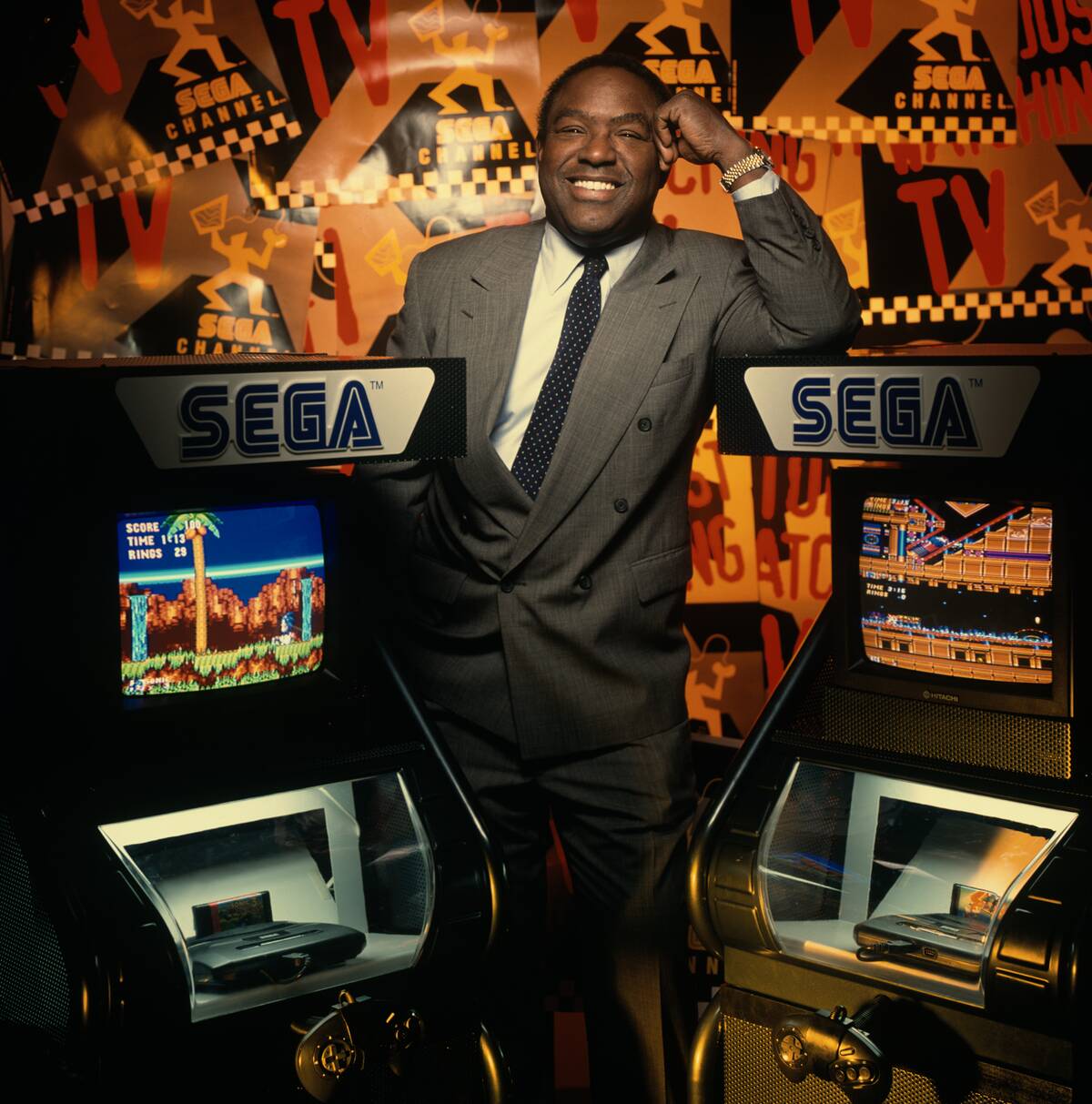
Sega’s marketing strategy was nothing short of revolutionary, particularly with its “Genesis Does What Nintendon’t” campaign. This bold approach directly challenged Nintendo, highlighting the Genesis’s superior graphics and sound capabilities.
The campaign resonated with consumers, positioning Sega as the edgier, more innovative choice. It was a masterclass in marketing that not only boosted Sega’s sales but also intensified the console war, forever changing how video games were marketed.
Iconic Mascots: Mario vs. Sonic the Hedgehog
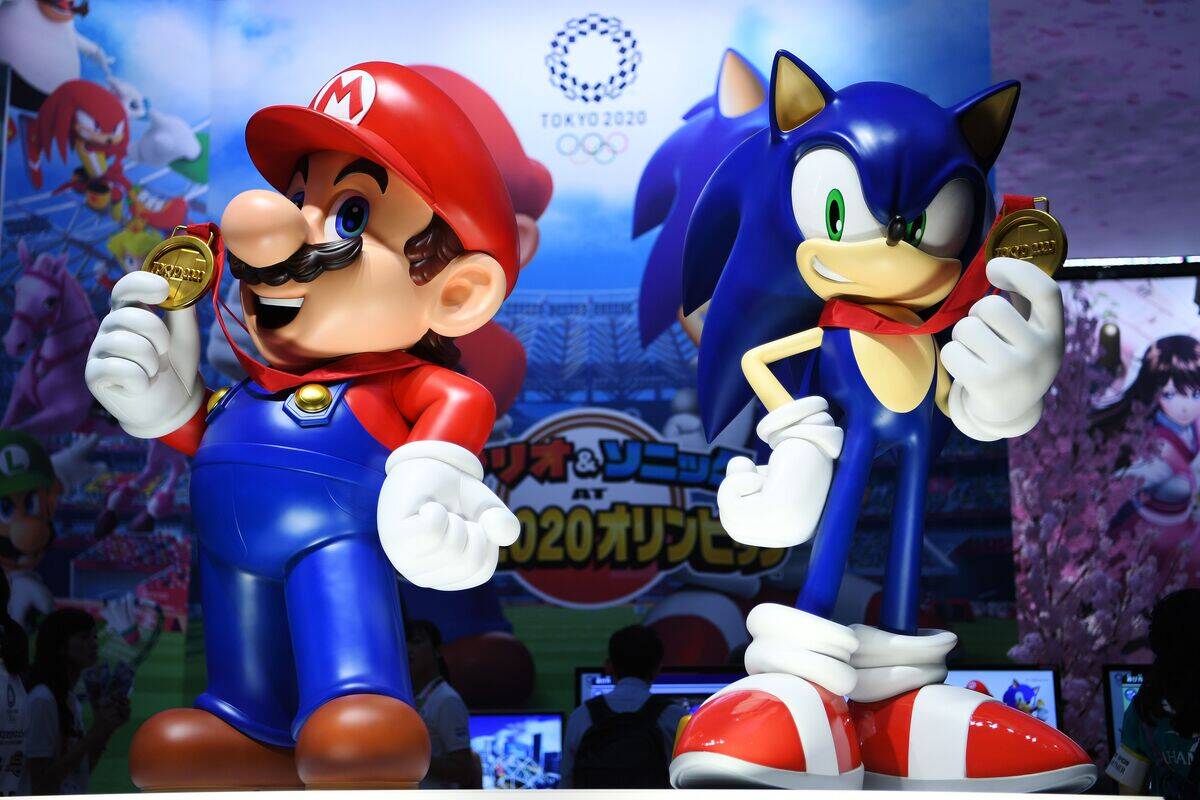
The rivalry between Sega and Nintendo wasn’t just about consoles; it was also about their iconic mascots. Nintendo’s Mario, the lovable plumber, and Sega’s Sonic the Hedgehog, the speedy blue character, became symbols of their respective brands.
Mario’s adventures through the Mushroom Kingdom charmed players with creativity, while Sonic’s fast-paced antics offered a thrilling alternative. The competition between these mascots fueled fan debates and solidified their places in gaming history.
Console Innovations: Technical Advancements and Game-Changing Features
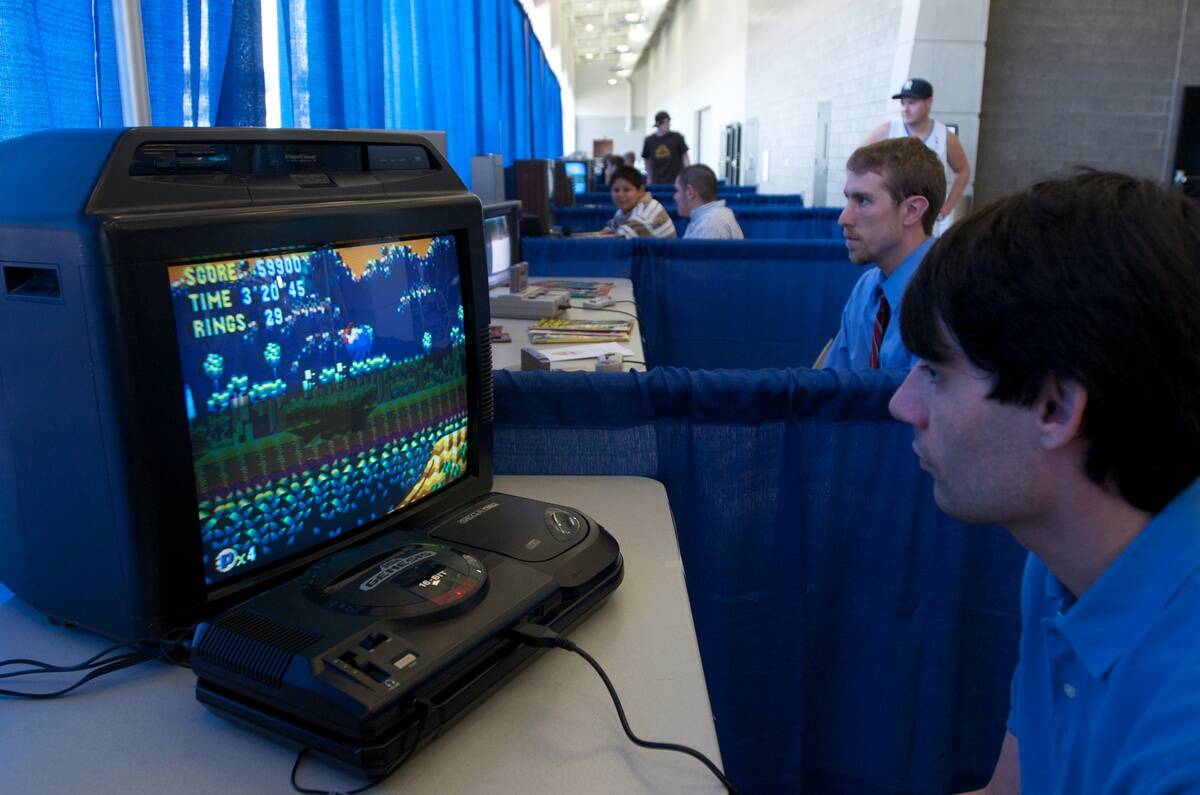
The console war spurred a wave of technological advancements as Sega and Nintendo sought to outdo each other. Sega introduced features like the blast processing in the Genesis, which claimed to enhance game speed and graphics.
Nintendo, meanwhile, focused on enhancing gameplay experiences, incorporating innovative controllers and accessories. These technical advancements not only improved the quality of games but also set new standards for future consoles, laying the groundwork for more immersive gaming experiences.
The Battle for the Living Room: SNES vs. Sega Genesis
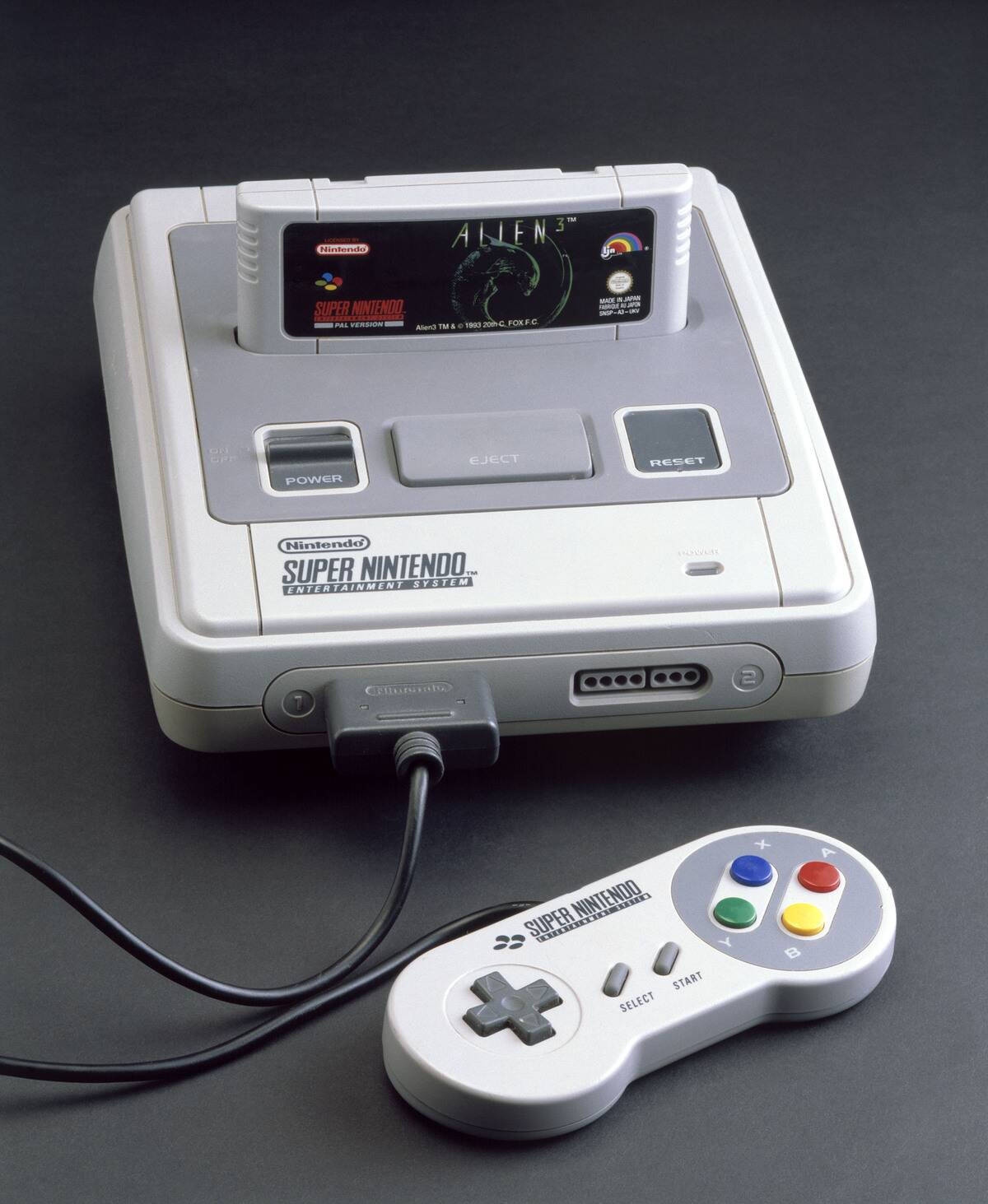
The release of the Super Nintendo Entertainment System (SNES) in 1991 escalated the battle for the living room. The SNES boasted superior graphics, a vast game library, and strong third-party support, challenging the Genesis’s foothold.
The competition between the SNES and Genesis was fierce, with each console offering unique and compelling games. This battle not only captivated gamers but also drove both companies to innovate, resulting in a golden age of 16-bit gaming.
The Role of Third-Party Developers in the Console War
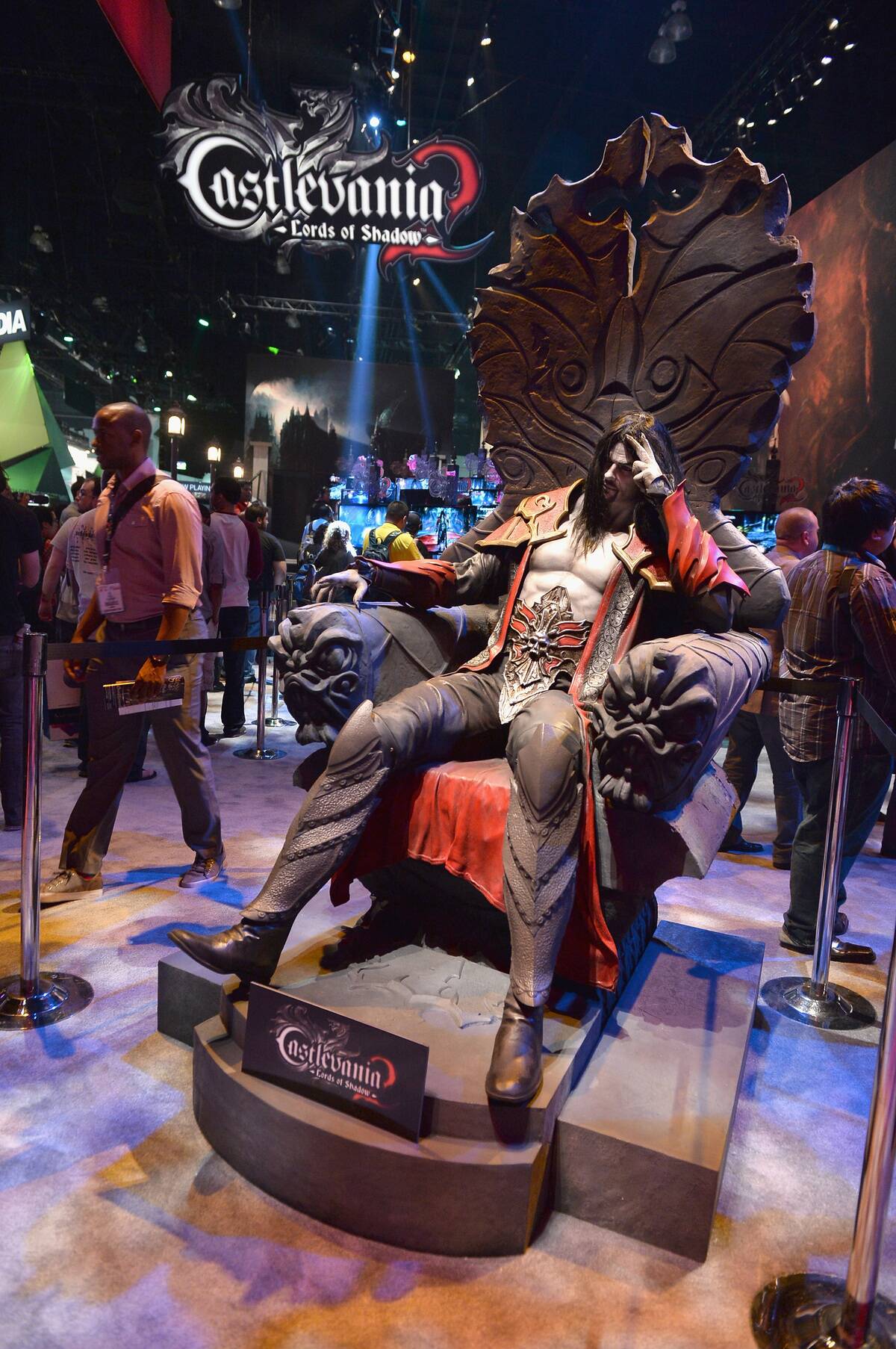
Third-party developers played a crucial role in the console war, as their support could make or break a console’s success. Companies like Konami developed hit titles for both Sega and Nintendo, driving sales and expanding the appeal of each platform.
The competition for exclusive titles was fierce, with both Sega and Nintendo vying for the best games. This dynamic fostered a diverse gaming landscape, offering players a wealth of choices and experiences.
Memorable Game Titles: Classics on Both Sides
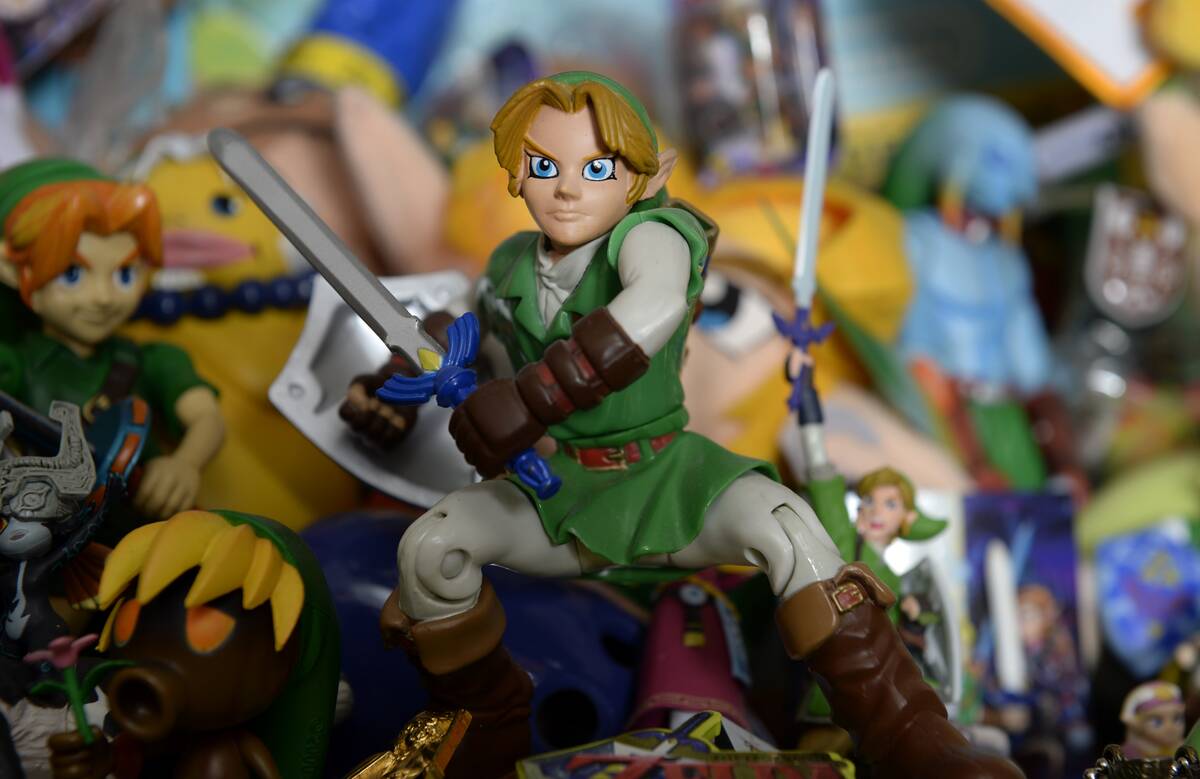
The console war gave rise to numerous classic game titles that remain beloved to this day. Nintendo’s offerings included timeless favorites like The Legend of Zelda: A Link to the Past and Super Mario World.
Sega countered with hits like Sonic the Hedgehog and Streets of Rage. These games not only showcased the strengths of their respective consoles but also helped define the gaming culture of the era, leaving a lasting legacy that continues to influence game design.
The Impact of the Console War on Game Design and Development
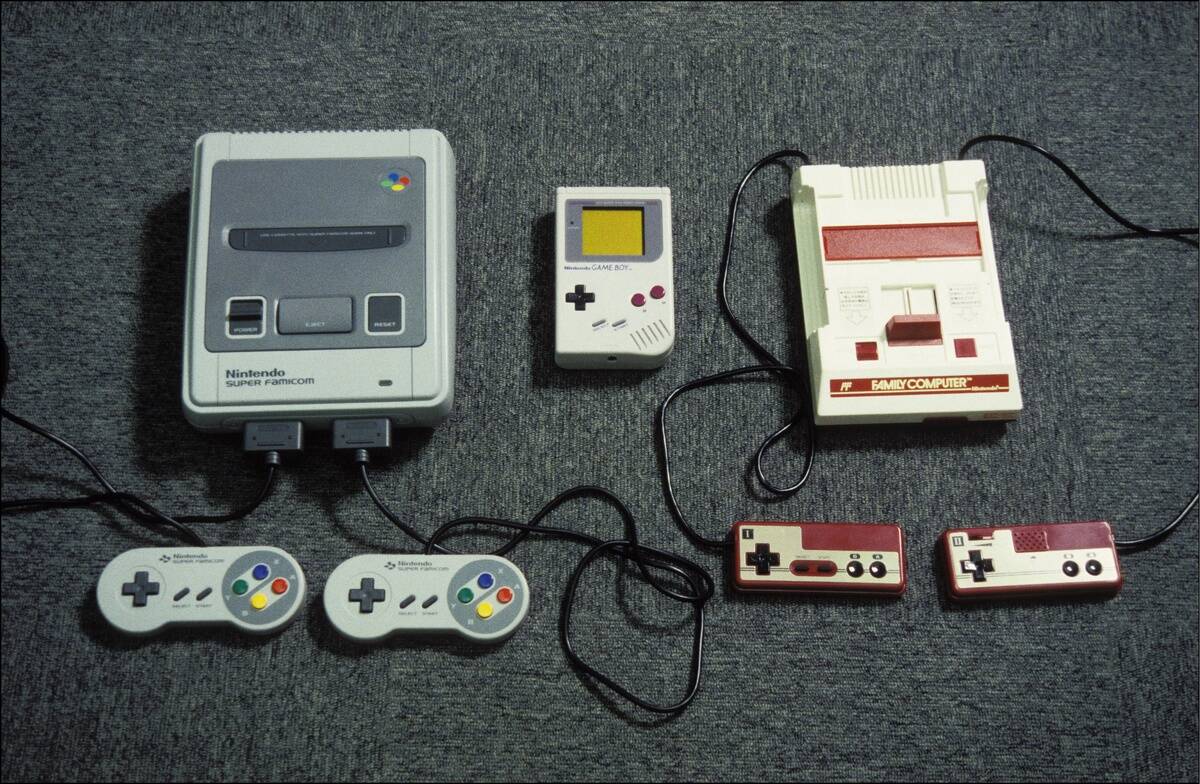
The intense competition between Sega and Nintendo had a profound impact on game design and development. Developers were pushed to create innovative gameplay experiences to stand out in a crowded market.
This period saw the emergence of new genres and gameplay mechanics, as well as a focus on storytelling and character development. The console war ultimately raised the bar for quality and creativity in games, shaping the industry’s future and inspiring generations of developers.
The Importance of Exclusive Titles in the Sega vs. Nintendo Rivalry
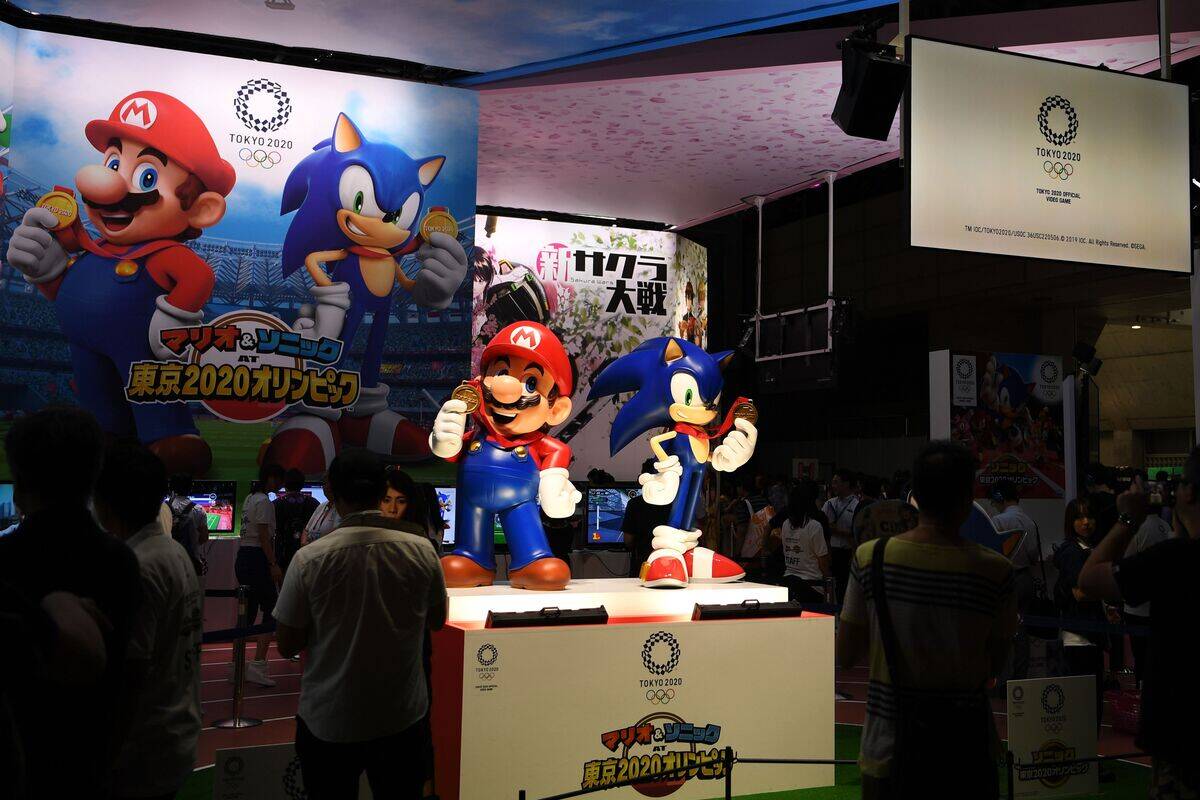
Exclusive titles played a pivotal role in the Sega vs. Nintendo rivalry. Games like Super Mario Bros. for Nintendo and Sonic the Hedgehog for Sega became system sellers, enticing players to choose one console over the other.
These exclusives not only showcased the unique strengths of each platform but also generated significant brand loyalty among gamers. The pursuit of exclusive titles became a key strategy for both companies, influencing their approach to partnerships and game development.
The Influence of the Console War on Gaming Culture
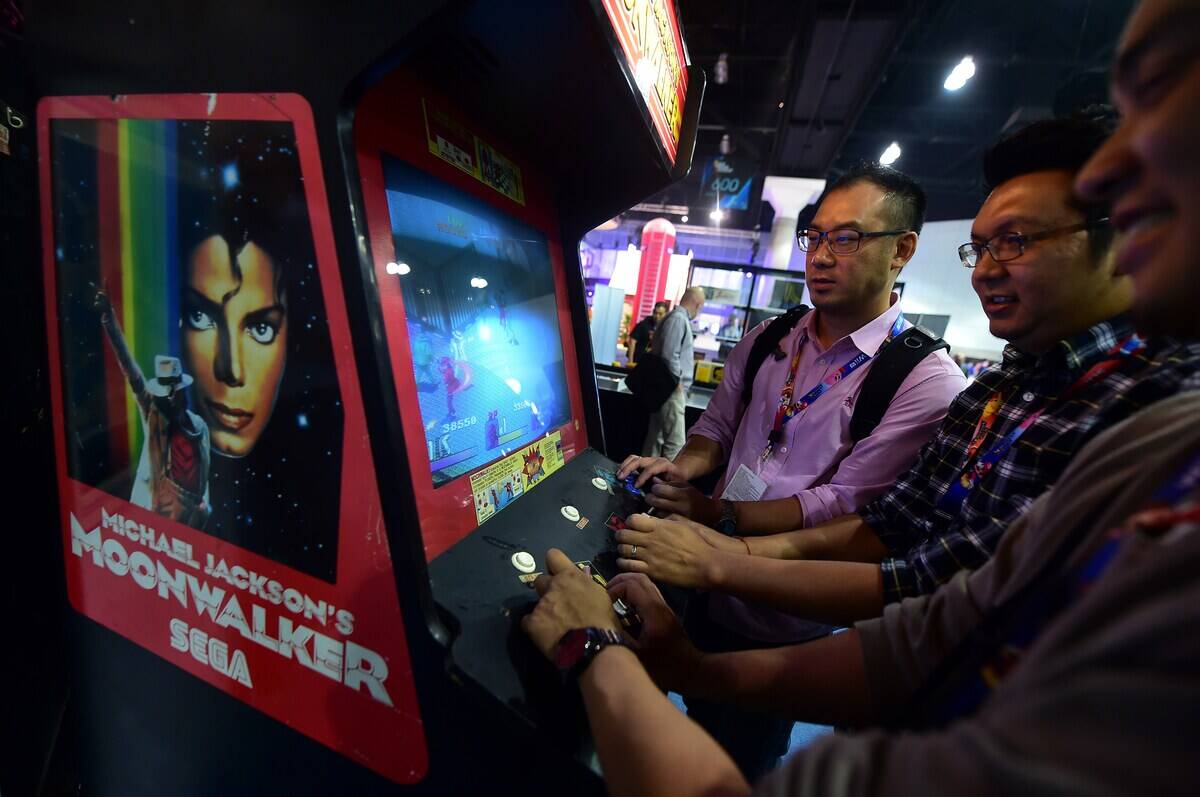
The console war between Sega and Nintendo had a lasting influence on gaming culture. It fostered a sense of identity among players, who often aligned themselves with one brand or the other, leading to friendly rivalries and heated debates.
This era also saw the rise of gaming as a mainstream form of entertainment, with video games becoming a significant part of popular culture. The legacy of this rivalry continues to resonate, as modern gamers fondly recall the battles of their childhood.
The Decline of Sega’s Hardware Production: A Turning Point
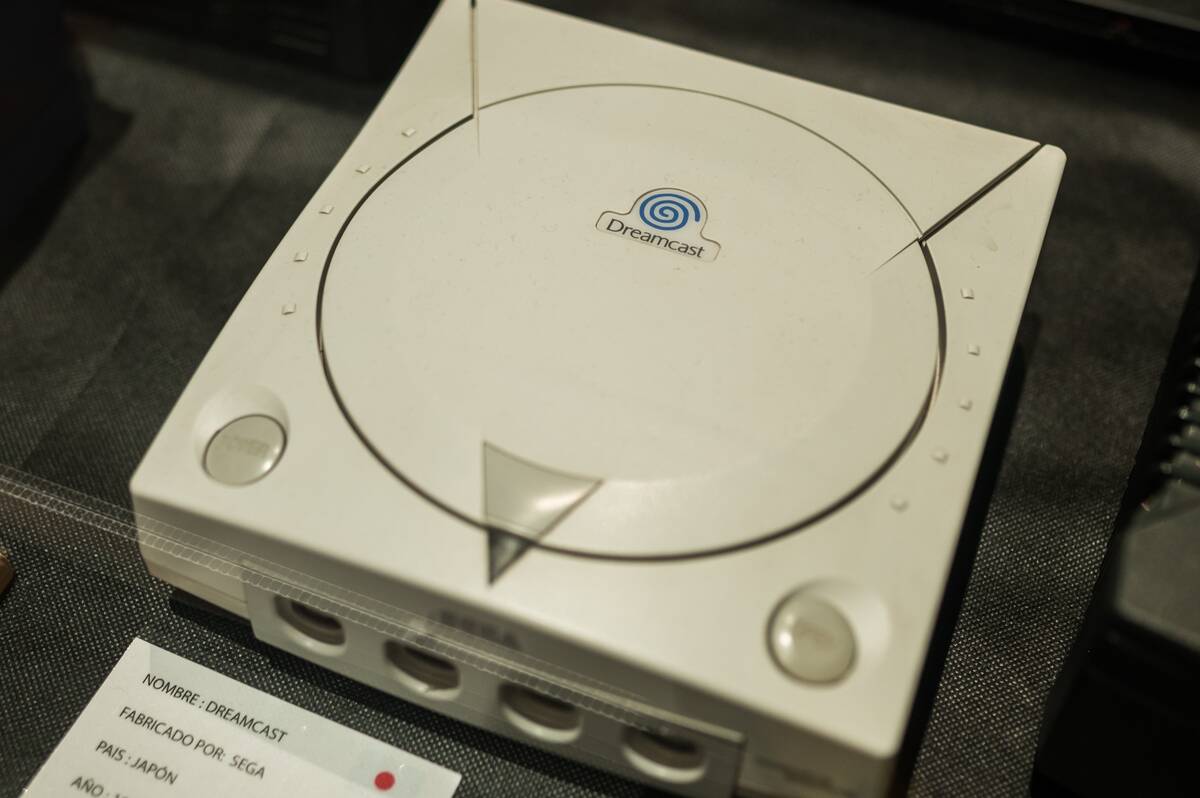
The late 1990s marked a turning point in the console war as Sega struggled to maintain its hardware production. The release of the Sega Saturn was met with mixed reviews, and the Dreamcast, despite its innovation, failed to achieve commercial success.
This led Sega to exit the hardware market in 2001, focusing instead on software development. This shift marked the end of an era for Sega, but also allowed the company to thrive as a game developer, creating titles for multiple platforms.
Nintendo’s Unyielding Legacy: From N64 to the Switch

Despite the fierce competition, Nintendo’s legacy has remained unyielding. The company continued to innovate with consoles after the Nintendo 64, which introduced 3D gaming, and the Wii, which revolutionized motion control.
Today, Nintendo’s Switch combines handheld and home console gaming, showcasing the company’s ability to adapt and thrive. Nintendo’s commitment to quality, creativity, and family-friendly experiences has solidified its place as a beloved and enduring force in the gaming industry.
The Modern Era: How Sega and Nintendo Coexist Today
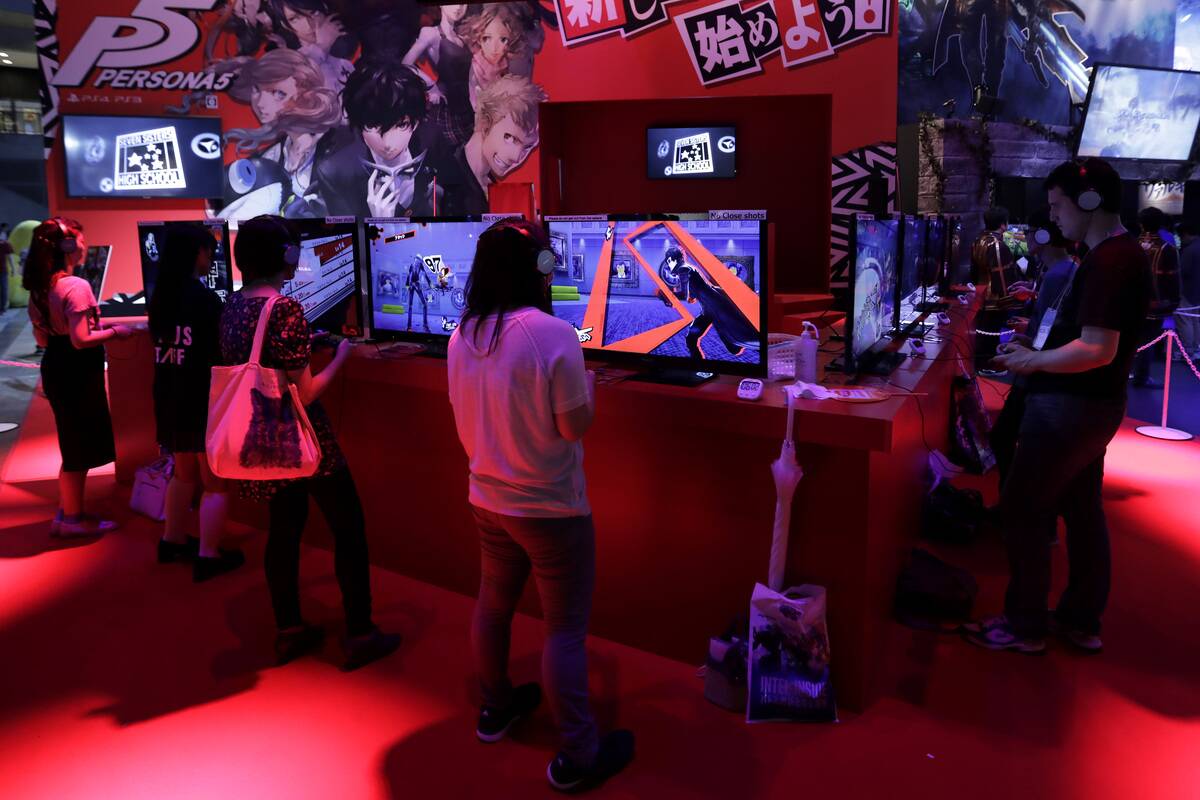
In the modern era, Sega and Nintendo have found a way to coexist, focusing on different aspects of the gaming industry. Sega has embraced its role as a third-party developer, creating popular franchises like Yakuza and Persona.
Meanwhile, Nintendo continues to innovate with hardware and beloved series like The Legend of Zelda and Animal Crossing. Both companies have learned from their past rivalry, contributing to a diverse and thriving gaming landscape that benefits players worldwide.
Lessons Learned: The Lasting Impact of the Console War on the Gaming Industry
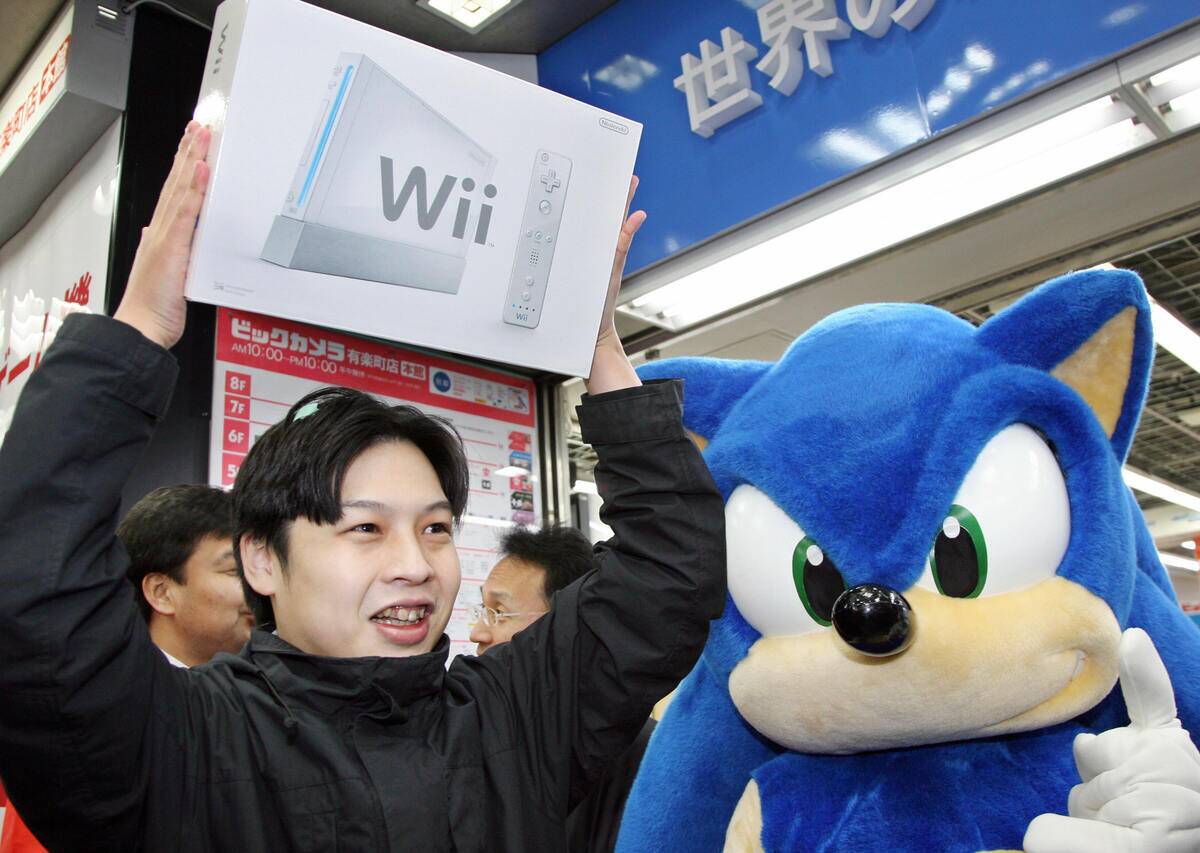
The console war between Sega and Nintendo taught the gaming industry valuable lessons about competition, innovation, and consumer engagement. It demonstrated the importance of marketing, exclusive content, and technological advancements in capturing the hearts of gamers. This rivalry also highlighted the need for adaptability and collaboration in an ever-changing market. The legacy of the console war continues to influence industry strategies, inspiring a new generation of developers and companies to push the boundaries of what’s possible in gaming.



